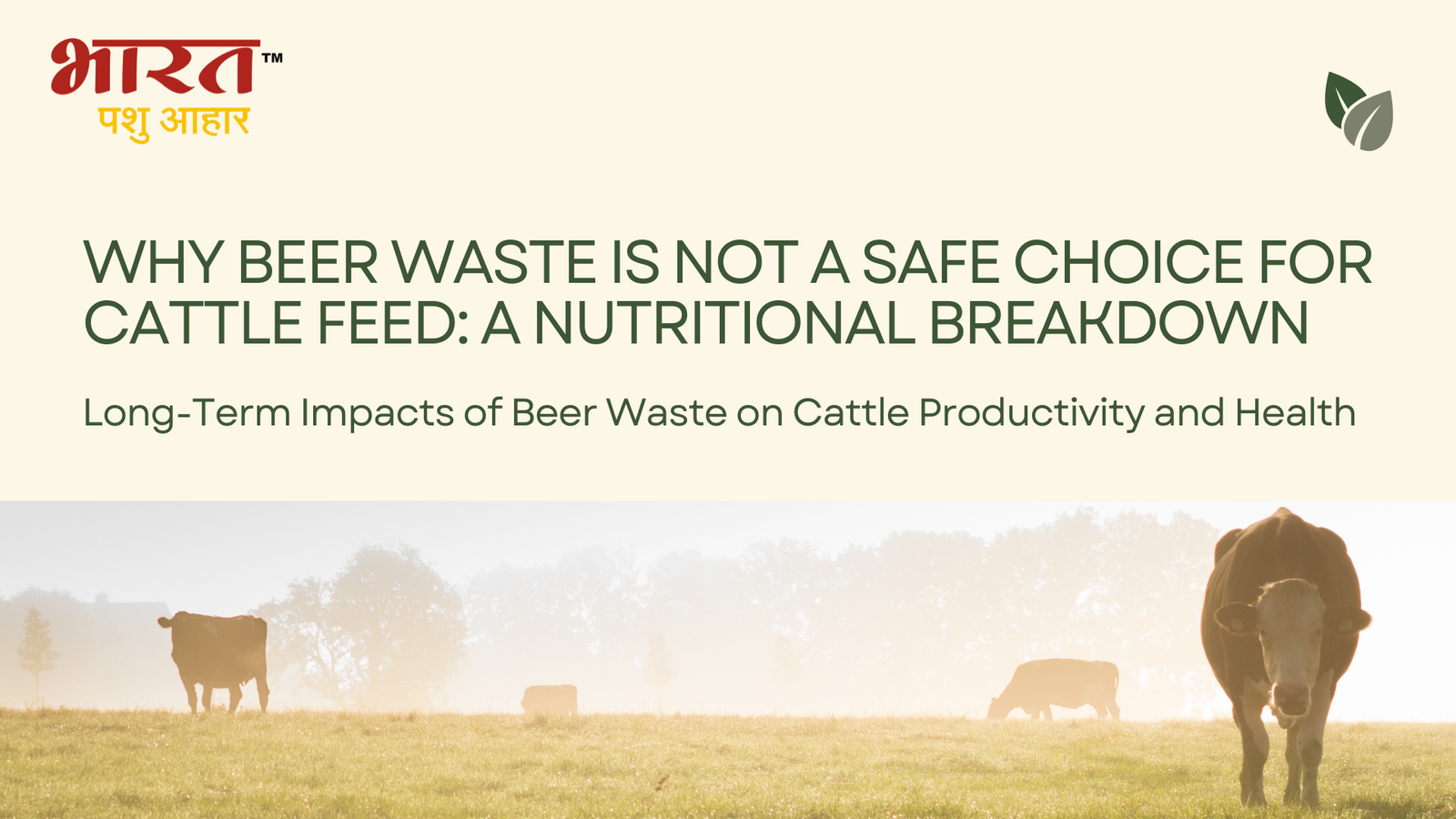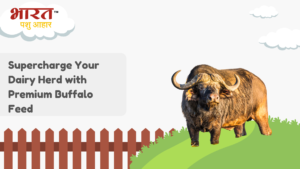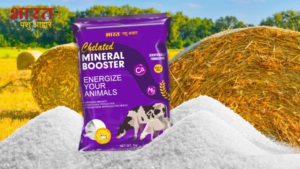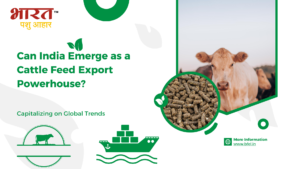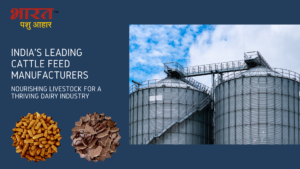Why Beer Waste is Not a Safe Choice for Cattle Feed: A Nutritional Breakdown
Using beer waste as cattle feed has gained attention due to its low cost and easy availability. However, when examined closely, beer waste lacks the essential nutrients required for cattle health and productivity. In this article, a comparison between the nutrient content of beer waste and standard cattle feed will be made, highlighting why beer waste is not a suitable option for feeding cattle.
1. Nutrient Imbalance in Beer Waste
Beer waste, primarily made up of spent grains, is often rich in fiber but lacks the necessary balance of proteins, fats, vitamins, and minerals. While fiber is important for digestion, cattle need a more diverse nutrient profile for overall health, growth, and milk production.
- Beer Waste: High in fiber, but low in digestible proteins and essential fats.
- Standard Cattle Feed: Carefully formulated to provide the right balance of fiber, proteins, carbohydrates, fats, vitamins, and minerals.
Without sufficient proteins and fats, cattle fed on beer waste may experience malnutrition, leading to poor growth, lower milk yields, and weaker immune systems.
2. Low Protein Content
Cattle rely heavily on protein for muscle development, milk production, and overall health. Beer waste typically contains a low percentage of protein compared to standard cattle feed.
- Beer Waste: Around 10-15% protein content, which is often of low quality and less digestible.
- Standard Cattle Feed: 18-24% protein content from sources like rapeseed DOC, soybean meal, or groundnut DOC, which are high in essential amino acids that cattle need.
This significant difference in protein content makes beer waste insufficient for supporting the energy needs of dairy cattle, especially those producing high milk yields.
3. Lack of Essential Fats
Fats are crucial in cattle feed to provide energy and improve overall body condition. Beer waste contains very low fat levels, which can leave cattle with an energy deficiency, particularly dairy cows that require higher fat levels for lactation.
- Beer Waste: Less than 5% fat content.
- Standard Cattle Feed: 6-8% fat content from sources like cottonseed oil, rice bran, or bypass fat, which are designed to enhance energy levels and milk fat production.
Without enough fat in the diet, cattle may struggle to maintain energy, leading to reduced productivity and body condition.
4. Vitamin and Mineral Deficiencies
Beer waste is not enriched with the vitamins and minerals necessary for cattle health, including calcium, phosphorus, and essential trace minerals like zinc and magnesium. In contrast, standard cattle feed is fortified to ensure cattle receive the right amount of these crucial nutrients.
- Beer Waste: Lacks vital vitamins and minerals required for bone strength, reproductive health, and immune function.
- Standard Cattle Feed: Fortified with vitamins A, D, E, and important minerals like calcium and phosphorus to support healthy growth, reproduction, and milk production.
Deficiencies in these nutrients can result in weakened bones, reproductive issues, and overall poor health in cattle.
5. Risk of Contaminants
Beer waste may also contain residual alcohol, preservatives, or other chemical additives that could harm cattle if consumed in large quantities. These contaminants can cause digestive upset, liver damage, or interfere with the nutrient absorption process.
- Beer Waste: Risk of contaminants and inconsistencies in nutrient composition.
- Standard Cattle Feed: Free from harmful substances and produced under strict quality control measures to ensure safety and consistency.
Conclusion
While beer waste might seem like a cost-effective alternative to standard cattle feed, its lack of essential proteins, fats, vitamins, and minerals makes it a poor choice for cattle health. Nutrient imbalances and potential contaminants can lead to long-term harm, affecting cattle productivity and well-being. Standard cattle feed is specifically formulated to provide a balanced diet, ensuring that cattle receive the necessary nutrients for optimal growth, milk production, and overall health.
By choosing high-quality, balanced cattle feed, dairy farmers can avoid the risks associated with beer waste and ensure the long-term success of their herds.



